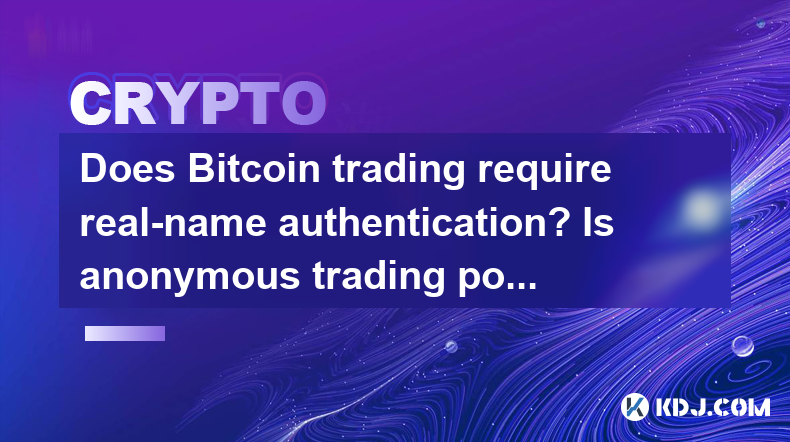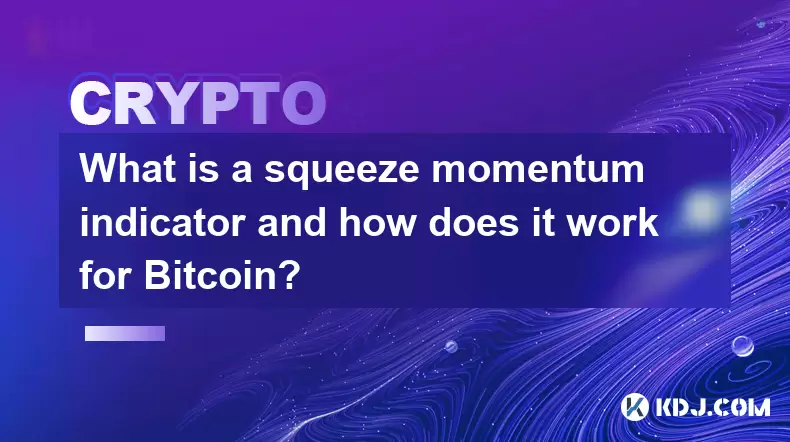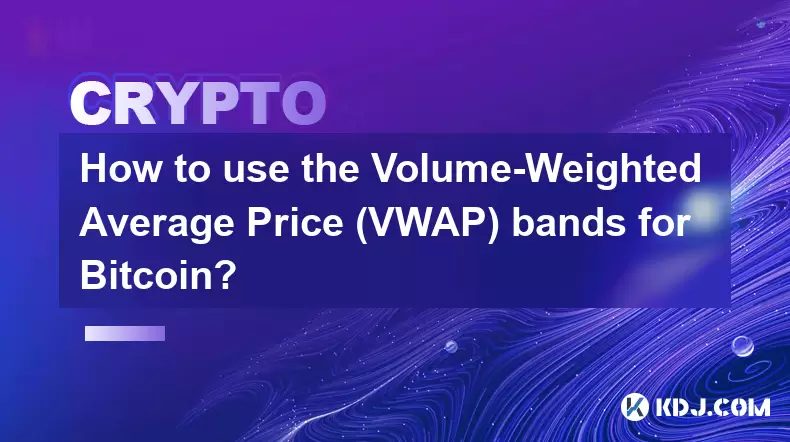-
 Bitcoin
Bitcoin $108,228.4534
-0.75% -
 Ethereum
Ethereum $2,524.8743
-1.10% -
 Tether USDt
Tether USDt $1.0003
-0.01% -
 XRP
XRP $2.2250
-0.63% -
 BNB
BNB $656.0016
-0.57% -
 Solana
Solana $148.4911
-1.36% -
 USDC
USDC $1.0000
0.00% -
 TRON
TRON $0.2846
-0.95% -
 Dogecoin
Dogecoin $0.1646
-1.38% -
 Cardano
Cardano $0.5767
-1.03% -
 Hyperliquid
Hyperliquid $39.3026
0.80% -
 Sui
Sui $2.9291
0.05% -
 Bitcoin Cash
Bitcoin Cash $483.6554
0.19% -
 Chainlink
Chainlink $13.2526
-1.01% -
 UNUS SED LEO
UNUS SED LEO $9.0390
-0.17% -
 Avalanche
Avalanche $17.9293
-1.10% -
 Stellar
Stellar $0.2376
-1.15% -
 Toncoin
Toncoin $2.7533
-1.89% -
 Shiba Inu
Shiba Inu $0.0...01149
-0.80% -
 Hedera
Hedera $0.1563
0.26% -
 Litecoin
Litecoin $86.7275
-1.92% -
 Monero
Monero $311.5944
-2.47% -
 Polkadot
Polkadot $3.3741
-1.97% -
 Dai
Dai $1.0000
0.01% -
 Ethena USDe
Ethena USDe $1.0002
0.00% -
 Bitget Token
Bitget Token $4.4043
-1.32% -
 Uniswap
Uniswap $7.0131
-4.90% -
 Aave
Aave $274.3481
1.75% -
 Pepe
Pepe $0.0...09808
0.11% -
 Pi
Pi $0.4677
-3.26%
Does Bitcoin trading require real-name authentication? Is anonymous trading possible?
Bitcoin trading often requires real-name authentication due to KYC and AML regulations, but anonymous trading is still possible through P2P exchanges and DEXs, though with higher risks.
Apr 29, 2025 at 03:14 pm

Introduction to Bitcoin Trading and Identity Verification
Bitcoin trading has become a popular way for individuals to engage in the cryptocurrency market. One of the key questions that many potential traders ask is whether trading Bitcoin requires real-name authentication, and if anonymous trading is possible. This article will delve into these topics, providing a comprehensive overview of the current landscape of Bitcoin trading and identity verification.
The Basics of Bitcoin Trading
Bitcoin trading involves buying and selling Bitcoin on various platforms, such as cryptocurrency exchanges. These platforms facilitate transactions between buyers and sellers, often using a digital wallet to store the Bitcoin. To start trading, users typically need to create an account on a chosen platform, which may or may not require real-name authentication.
Real-Name Authentication in Bitcoin Trading
Real-name authentication is a process where a user must provide their real identity to a trading platform. This is often done to comply with Know Your Customer (KYC) and Anti-Money Laundering (AML) regulations, which are designed to prevent illegal activities such as fraud and money laundering. Many major cryptocurrency exchanges, such as Coinbase and Binance, require users to complete a KYC process before they can start trading.
- To complete KYC on a typical exchange, users will need to:
- Register for an account using an email address.
- Provide personal information, such as their full name, date of birth, and address.
- Submit identification documents, such as a passport or driver's license, for verification.
- Sometimes, a selfie or a video verification may be required to confirm the user's identity.
The Possibility of Anonymous Bitcoin Trading
Anonymous trading refers to trading without revealing one's real identity. While it is more challenging to trade anonymously due to the increasing regulatory scrutiny, it is still possible to some extent. Some platforms and methods allow for a level of anonymity, although they may come with their own risks and limitations.
- Peer-to-peer (P2P) exchanges like LocalBitcoins and Paxful allow users to buy and sell Bitcoin directly with each other. While some P2P platforms may require KYC, others allow users to trade with minimal identity verification.
- Decentralized exchanges (DEXs) operate without a central authority and often do not require KYC. Examples include Uniswap and SushiSwap, where users can trade directly from their wallets.
- Using privacy-focused cryptocurrencies like Monero or Zcash can add an extra layer of anonymity when trading, as these cryptocurrencies are designed to obscure transaction details.
Risks and Considerations of Anonymous Trading
Anonymous trading comes with several risks and considerations that traders should be aware of. While it may offer a degree of privacy, it can also expose users to potential scams, hacks, and regulatory issues.
- Increased risk of fraud: Without KYC, there is a higher chance of encountering fraudulent activities or scams.
- Limited access to services: Some platforms and services may not be available to users who have not completed KYC, limiting their trading options.
- Regulatory risks: Engaging in anonymous trading may violate local laws and regulations, potentially leading to legal consequences.
Balancing Privacy and Compliance
Balancing privacy and compliance is a key consideration for many Bitcoin traders. While some may prioritize anonymity, others may prefer to comply with regulations to access a wider range of services and reduce legal risks. The choice between real-name authentication and anonymous trading depends on individual preferences and circumstances.
- For those prioritizing compliance, using reputable exchanges that require KYC can provide a safer and more regulated trading environment.
- For those seeking anonymity, exploring P2P exchanges, DEXs, and privacy-focused cryptocurrencies can offer alternatives, though with increased risks.
Frequently Asked Questions
Q: Can I trade Bitcoin without a bank account?
A: Yes, it is possible to trade Bitcoin without a bank account by using P2P exchanges or trading platforms that accept alternative payment methods, such as cash or gift cards. However, these methods may come with higher risks and less protection.
Q: Are there any countries where anonymous Bitcoin trading is more common?
A: Anonymous Bitcoin trading may be more prevalent in countries with less stringent regulations on cryptocurrency. For example, some P2P exchanges are more popular in regions where KYC requirements are less enforced, such as parts of Africa and Latin America.
Q: How can I protect my privacy while still complying with KYC requirements?
A: To protect your privacy while complying with KYC, you can use a VPN to mask your IP address, use strong and unique passwords for each platform, and enable two-factor authentication (2FA) on your accounts. Additionally, consider using a separate email address and phone number for your trading activities.
Q: What are the potential consequences of not complying with KYC regulations?
A: Not complying with KYC regulations can lead to several consequences, including account suspension or closure, fines, and potential legal action. Additionally, non-compliance may limit your access to certain trading platforms and services, reducing your ability to engage in the cryptocurrency market effectively.
Disclaimer:info@kdj.com
The information provided is not trading advice. kdj.com does not assume any responsibility for any investments made based on the information provided in this article. Cryptocurrencies are highly volatile and it is highly recommended that you invest with caution after thorough research!
If you believe that the content used on this website infringes your copyright, please contact us immediately (info@kdj.com) and we will delete it promptly.
- Cryptos in July 2025: Massive Gains or Just Hype?
- 2025-07-05 20:30:13
- Hong Kong's Tokenised Bond Leap: Zero Stamp Duty Sparks Web3 Ambitions
- 2025-07-05 20:30:13
- Bitcoin, Ripple, and TPS: A New Sheriff in Town?
- 2025-07-05 19:16:07
- XRP, Dogecoin, and Meme Coins: Navigating the Crypto Landscape
- 2025-07-05 20:10:13
- Bitcoin Investment: Will You 10x by 2030?
- 2025-07-05 19:16:07
- BONK on Solana: Meme Coin Mania or the Real Deal?
- 2025-07-05 19:16:08
Related knowledge

What is the Woodies CCI indicator and can it be used for Bitcoin?
Jul 04,2025 at 05:14pm
Understanding the Woodies CCI IndicatorThe Woodies CCI indicator is a variation of the traditional Commodity Channel Index (CCI), which was originally developed by Donald Lambert. The standard CCI measures the current price level relative to an average price over a given period, typically 14. However, the Woodies version modifies this calculation to mak...

How to use indicators to trade the opening range breakout for Bitcoin CME futures?
Jul 05,2025 at 07:35pm
What Is the Opening Range Breakout Strategy?The opening range breakout (ORB) strategy is a popular trading technique used in both traditional markets and cryptocurrency futures, particularly for Bitcoin on the CME. This method involves identifying a specific price range formed during the early phase of a trading session and then taking positions when th...

What does a bearish cross on the Stochastic RSI mean for Bitcoin?
Jul 05,2025 at 07:18pm
Understanding the Stochastic RSI IndicatorThe Stochastic RSI (Relative Strength Index) is a momentum oscillator used in technical analysis to identify overbought or oversold conditions in an asset's price. It combines two well-known indicators — the RSI and the Stochastic Oscillator — to provide more nuanced signals than either could alone. The Stochast...

What is a squeeze momentum indicator and how does it work for Bitcoin?
Jul 05,2025 at 07:32pm
Understanding the Squeeze Momentum IndicatorThe Squeeze Momentum Indicator is a technical analysis tool used by traders to identify potential breakout opportunities in financial markets, including cryptocurrencies like Bitcoin. It was developed by John Carter and is widely used among active traders who seek to capture volatility expansions after periods...

How to use the Volume-Weighted Average Price (VWAP) bands for Bitcoin?
Jul 04,2025 at 04:28pm
Understanding the Basics of VWAP BandsThe Volume-Weighted Average Price (VWAP) is a key metric used in trading to determine the average price at which an asset, such as Bitcoin, has traded throughout the day. It takes into account both volume and price, making it more reliable than a simple moving average. VWAP bands are essentially standard deviation c...

How to code a simple MACD crossover strategy for Bitcoin in Pine Script?
Jul 05,2025 at 07:18pm
Understanding the MACD Indicator in Cryptocurrency TradingThe Moving Average Convergence Divergence (MACD) is a popular technical indicator used across various financial markets, including cryptocurrency. It helps traders identify potential trend reversals and momentum shifts by comparing two moving averages. In the context of Bitcoin trading, the MACD ...

What is the Woodies CCI indicator and can it be used for Bitcoin?
Jul 04,2025 at 05:14pm
Understanding the Woodies CCI IndicatorThe Woodies CCI indicator is a variation of the traditional Commodity Channel Index (CCI), which was originally developed by Donald Lambert. The standard CCI measures the current price level relative to an average price over a given period, typically 14. However, the Woodies version modifies this calculation to mak...

How to use indicators to trade the opening range breakout for Bitcoin CME futures?
Jul 05,2025 at 07:35pm
What Is the Opening Range Breakout Strategy?The opening range breakout (ORB) strategy is a popular trading technique used in both traditional markets and cryptocurrency futures, particularly for Bitcoin on the CME. This method involves identifying a specific price range formed during the early phase of a trading session and then taking positions when th...

What does a bearish cross on the Stochastic RSI mean for Bitcoin?
Jul 05,2025 at 07:18pm
Understanding the Stochastic RSI IndicatorThe Stochastic RSI (Relative Strength Index) is a momentum oscillator used in technical analysis to identify overbought or oversold conditions in an asset's price. It combines two well-known indicators — the RSI and the Stochastic Oscillator — to provide more nuanced signals than either could alone. The Stochast...

What is a squeeze momentum indicator and how does it work for Bitcoin?
Jul 05,2025 at 07:32pm
Understanding the Squeeze Momentum IndicatorThe Squeeze Momentum Indicator is a technical analysis tool used by traders to identify potential breakout opportunities in financial markets, including cryptocurrencies like Bitcoin. It was developed by John Carter and is widely used among active traders who seek to capture volatility expansions after periods...

How to use the Volume-Weighted Average Price (VWAP) bands for Bitcoin?
Jul 04,2025 at 04:28pm
Understanding the Basics of VWAP BandsThe Volume-Weighted Average Price (VWAP) is a key metric used in trading to determine the average price at which an asset, such as Bitcoin, has traded throughout the day. It takes into account both volume and price, making it more reliable than a simple moving average. VWAP bands are essentially standard deviation c...

How to code a simple MACD crossover strategy for Bitcoin in Pine Script?
Jul 05,2025 at 07:18pm
Understanding the MACD Indicator in Cryptocurrency TradingThe Moving Average Convergence Divergence (MACD) is a popular technical indicator used across various financial markets, including cryptocurrency. It helps traders identify potential trend reversals and momentum shifts by comparing two moving averages. In the context of Bitcoin trading, the MACD ...
See all articles

























































































